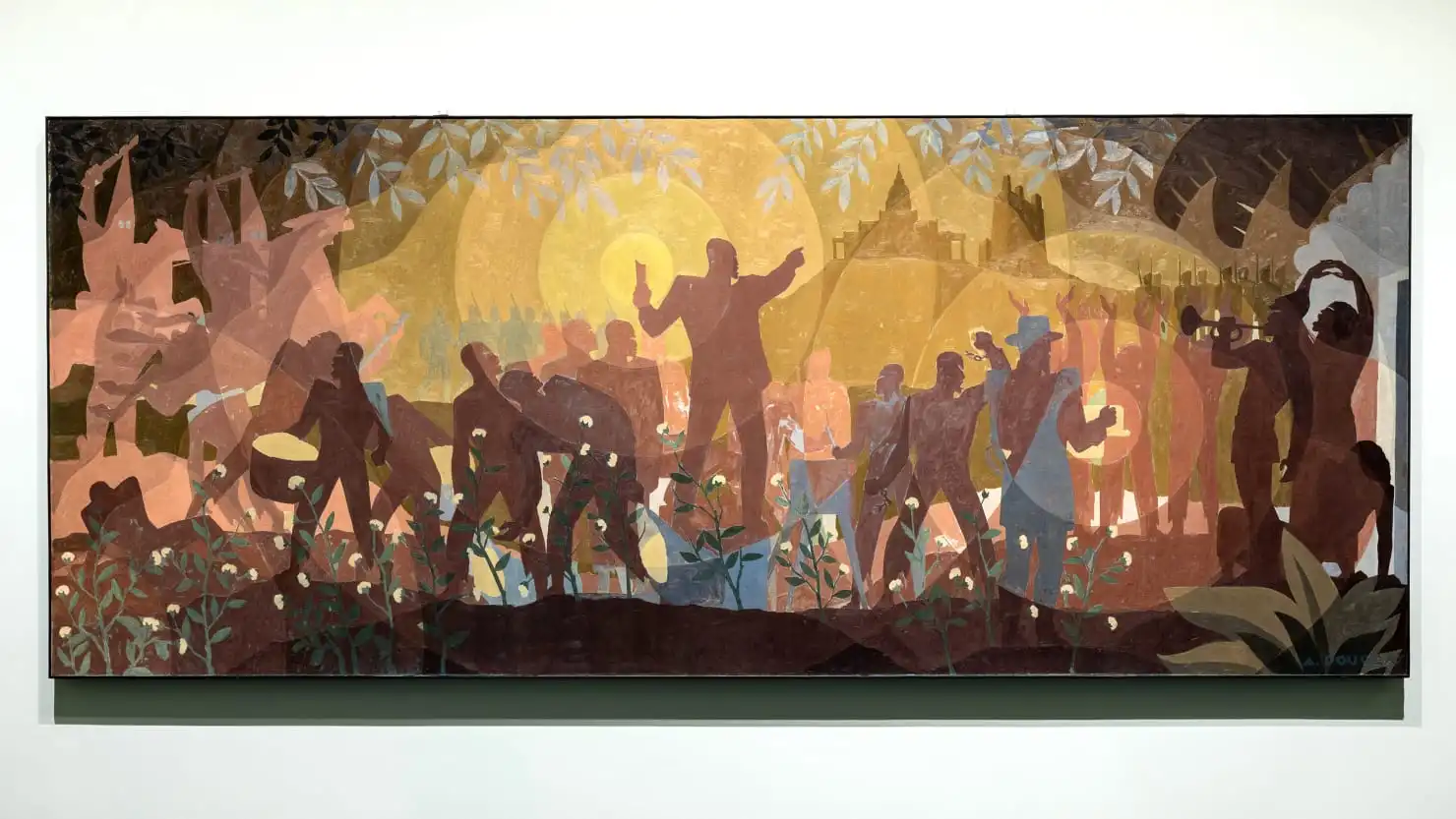Jim Crow Era Impact on Harlem Renaissance
Metropolitan Museum of Art celebrates Harlem Renaissance with new exhibit showcasing Black culture, art, music, and literature from the 1920s-1940s.
The New Negro Movement was a pivotal celebration of culture across the African diaspora in the early 20th century. Following World War I, Black families began relocating to Northern and Western cities in search of new opportunities. The Great Migration sparked an explosion of Black culture, with Harlem, New York, emerging as a vibrant hub of art, music, dance, literature, theater, and philosophy.
The Metropolitan Museum of Art recently unveiled its groundbreaking exhibit, The Harlem Renaissance and Transatlantic Modernism, during Black History Month. The exhibit, curated by Dr. Denise Murrell, showcases 160 pieces from artists of the Harlem Renaissance era, spanning from the 1920s to the 1940s. The collection includes portraits, photographs, paintings, magazine illustrations, sculptures, and even film stills.
Metropolitan Museum Director and CEO Max Hollein hailed the exhibition as a "landmark" celebration of Black creativity. The exhibit reframes the Harlem Renaissance as a global movement, highlighting its impact on modernism and artistic vibrancy. The exhibit aims to capture the essence of the Harlem Renaissance as a time of creative chemistry and self-expression.
The exhibit delves into the multifaceted aspects of the Harlem Renaissance, portraying the diverse experiences of Black Americans during the Great Migration. Artists associated with the New Negro Movement sought to express their individuality and defy racial stereotypes through their work. The exhibit showcases the resilience and ingenuity of Black artists in reclaiming their narratives and challenging societal perceptions.
Through portraits, city scenes, and cultural references, the exhibit paints a vivid picture of Black life during the Harlem Renaissance. The artists of this era drew inspiration from ancestral Africa, European modernism, American traditions, and the jazz aesthetic. Their work reflects a deep connection to their heritage and a commitment to reshaping the narrative of Black identity.
The Harlem Renaissance exhibit serves as a testament to the enduring legacy of Black creativity and resilience. It highlights the importance of reclaiming narratives and challenging stereotypes in shaping a more inclusive and diverse cultural landscape. The exhibit invites viewers to reflect on the rich history and cultural contributions of Black Americans, underscoring the significance of representation and self-expression in the arts.











Comments on Jim Crow Era Impact on Harlem Renaissance